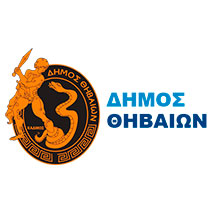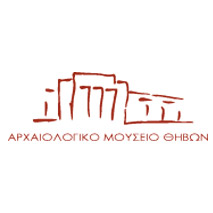In Thisvi today, modern houses coexist harmoniously with the magnificent mansions of the past, adorned with elaborate marble emblems at their entrances.
It was named after the nymph of the same name. In 1889, S. C. Rolfe conducted a brief excavation and revealed chamber tombs. F. G. Maier studied the fortification and we also have many findings from the Geometric period, which became known at the end of the 19th century.
The epic history of Thisvi dates back to ancient times, as Homer mentioned in the list of cities that took part in the Trojan War “Κώπας, Εύτρησιν τε πολυτρήρωνα τε Θίσβη”, i.e. Kopes, Eutrissi and Thisvi. The fortified acropolis of ancient Thisvi on the hill Paleokastro is located to the NW of the village while the SE part of the fortification wall of the lower town is located on the hill Neokastro to the SE of the village. The present-day village extends over part of the ancient city. The tower that survives on the hill on the south and north side of Thisvi, as well as the foundations of the wall, prove existence of the ancient city.
Ancient Thisvi
The ruins of ancient Thisvi are located in today’s position “Kakosia”.Remains of pottery evidence the occupation of the area since 2000 BC. A chamber tomb and a number of seals are dated to the Mycenaean period, while parts of the acropolis are preserved from various phases. The fortified acropolis of ancient Thisvi is located on Paleokastro hill. On the hill Neokastro there is the southeastern part of the fortification wall of the lower town.
Tips
The epic history of Thisvi dates back to ancient times, as Homer mentioned in the list of cities that took part in the Trojan War “Κώπας, Εύτρησιν τε πολυτρήρωνα τε Θίσβη”, i.e. Kopes, Eutrissi and Thisvi.






